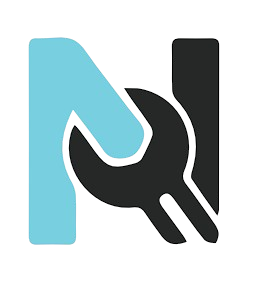PLC
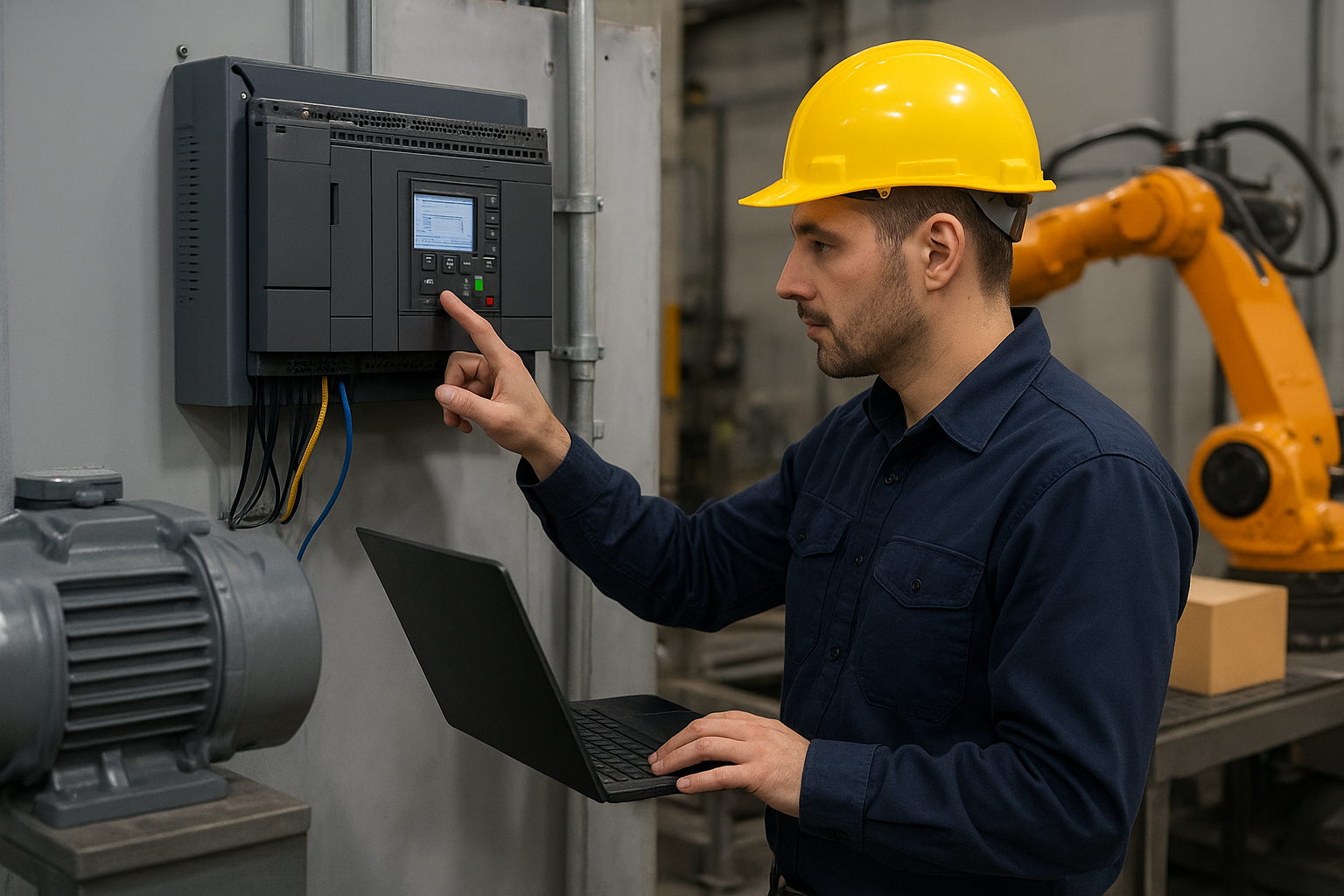
Programmable Logic Controller
A Plc (Programmable Logic Controller) is an industrial computer designed to automate electromechanical processes in manufacturing, production, and infrastructure systems. Below is a detailed breakdown of its primary purposes and applications.PLCs are built to withstand harsh industrial environments, including extreme temperatures, humidity, dust, and electrical noise.
Core Purposes of a PLC
- Controls machinery and assembly lines in factories (e.g., automotive, food processing).Replaces manual/relay-based control with programmable logic.
- Manages continuous processes (e.g., chemical plants, water treatment).Monitors variables like temperature, pressure, and flow via sensors.
- Coordinates motors, servos, and actuators (e.g., conveyor belts, robotic arms).Used in CNC machines and packaging systems.
- Implements emergency stops (E-stops), light curtains, and safety interlocks.Detects faults and triggers alarms or shutdowns.
- Collects data from sensors for analysis (e.g., OEE tracking, predictive maintenance).Interfaces with SCADA and MES (Manufacturing Execution Systems).
Industrial Automation
Process Control
Motion Control
Safety & Monitoring
Data Acquisition (SCADA Integration)
Key Applications of PLC

Manufacturing
Automotive: Welding robots, paint shops, assembly lines. Food & Beverage: Filling, labeling, and packaging machines. Pharma: Tablet pressing, sterilization, vial filling.
Infrastructure
Water Treatment: Pump control, chemical dosing and filtration. HVAC: Building temperature and ventilation control. Smart Grids: Power distribution and load management.
Machinery
Packaging Machines: Wrapping, sealing, palletizing. CNC Machines: Tool positioning, spindle control. Textile Machines: Looms, dyeing systems.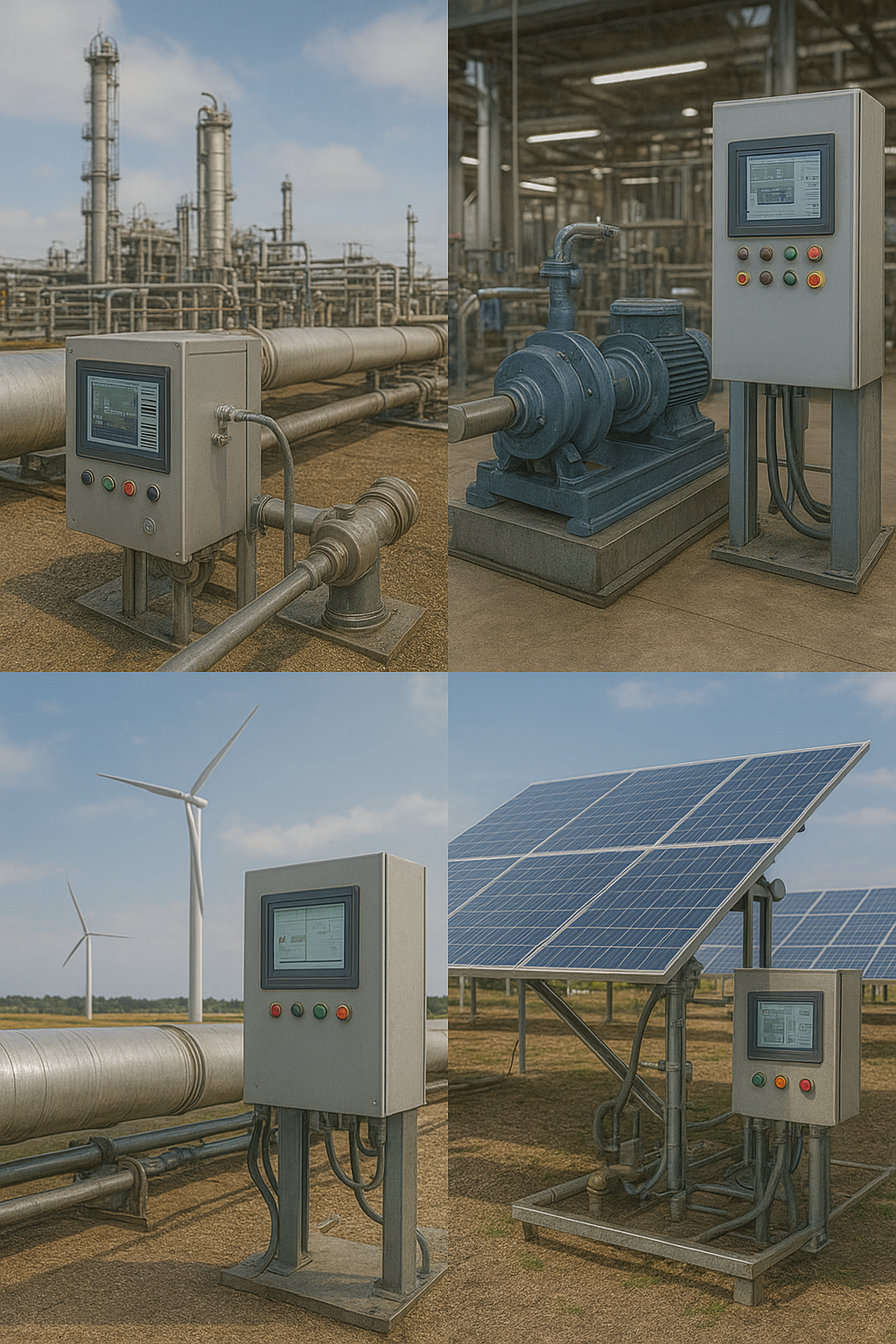
Energy & Utilities
Oil & Gas: Pipeline monitoring, pump control. Renewables: Wind turbine pitch control, solar tracking.HMI
Human-Machine Interface
HMI: Human-Machine Interface
Human-Machine Interfaces (HMIs) are critical components in industrial automation, bridging the gap between operators and machinery. They provide intuitive visual control, real-time monitoring, and data interaction, improving efficiency and reducing errors.
Real-Time Monitoring & Visualization
- Displays live data (temperature, pressure, speed, etc.)
- Shows process trends via graphs and dashboards
- Alerts operators to abnormal conditions
Machine Control & Operation
- Start/stop machines with a single touch
- Adjust parameters (speed, pressure, timing)
- Switch between automatic & manual modes
Fault Detection & Alarms
- Visual/audible alerts for malfunctions
- Error logs with troubleshooting guides
- Reduces downtime with quick diagnostics
Data Logging & Reporting
- Records production data for analysis
- Generates reports (OEE, downtime, efficiency)
- Helps in predictive maintenance
Improved Safety & User Accessibility
- Password-protected access levels (operator, engineer, admin)
- Emergency stop controls
- Simplifies complex processes for non-technical users
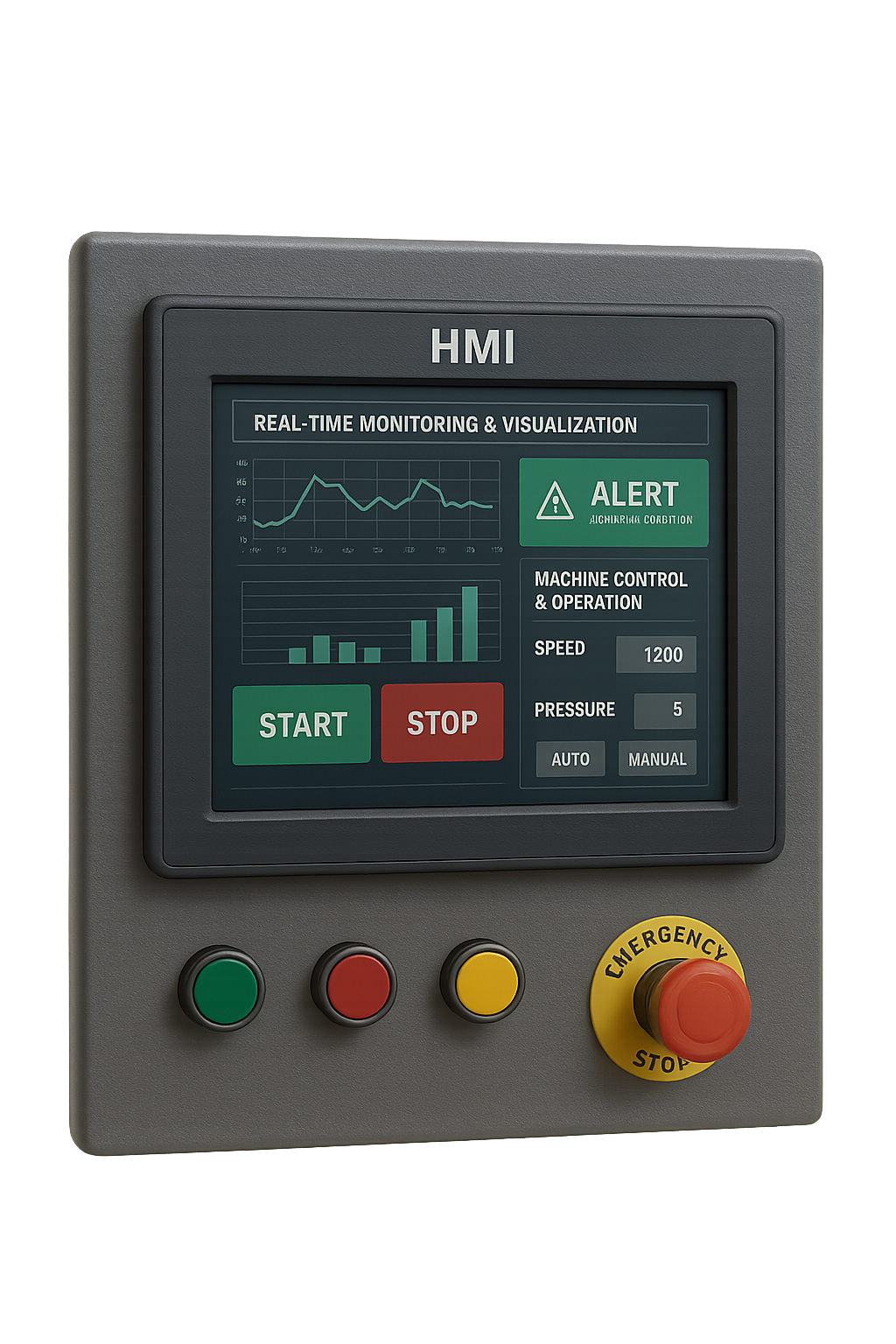
Special Third Party Devices
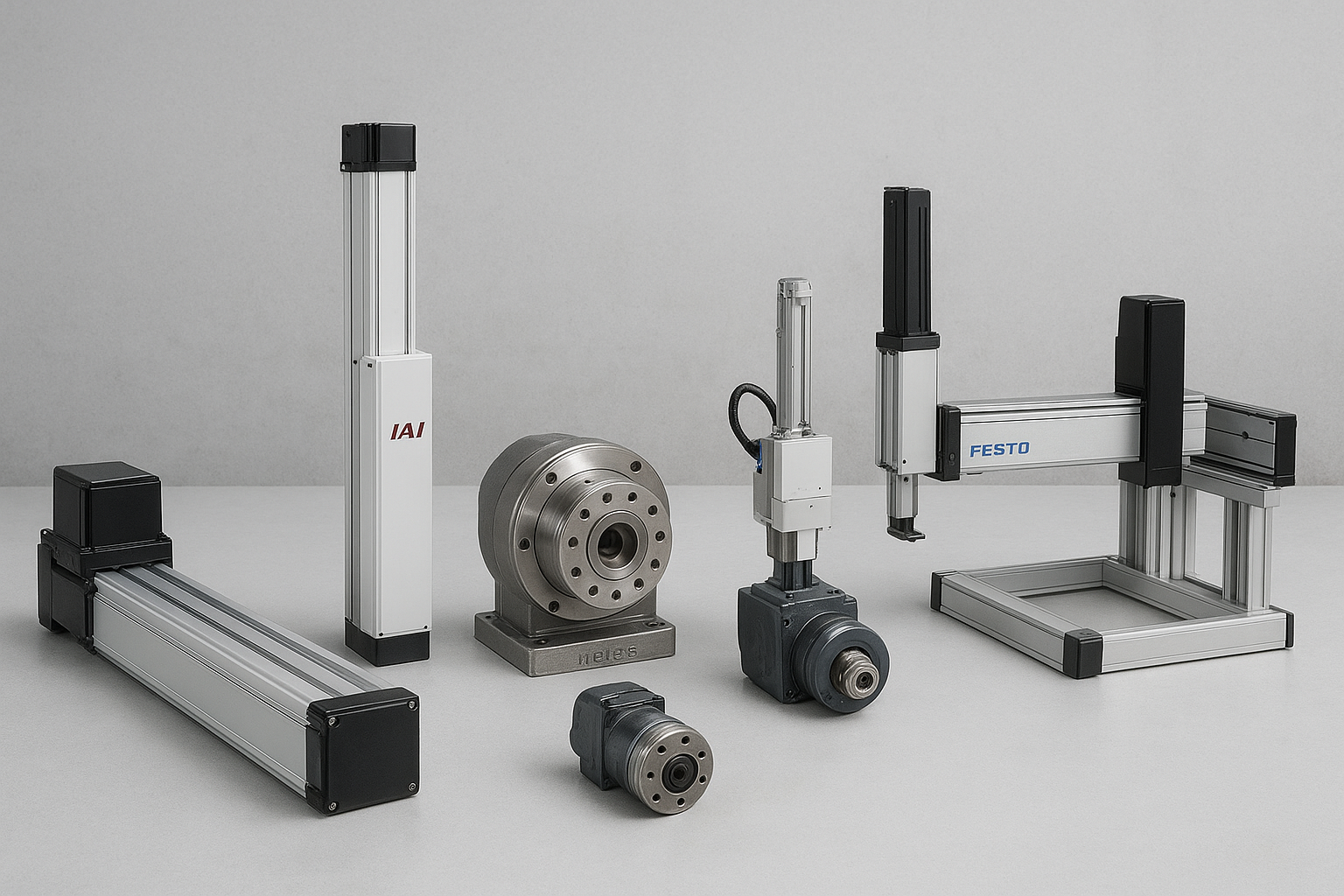
Motion Control & Positioning
- Thomson, IAI (Linear Actuators)
- Weiss, Camco (Rotary Indexers)
- Festo, Bosch Rexroth (Pick-and-Place)
- IAI, Bosch Rexroth (Cartesian Robots)
- Aerotech, Parker (Gantry Systems)
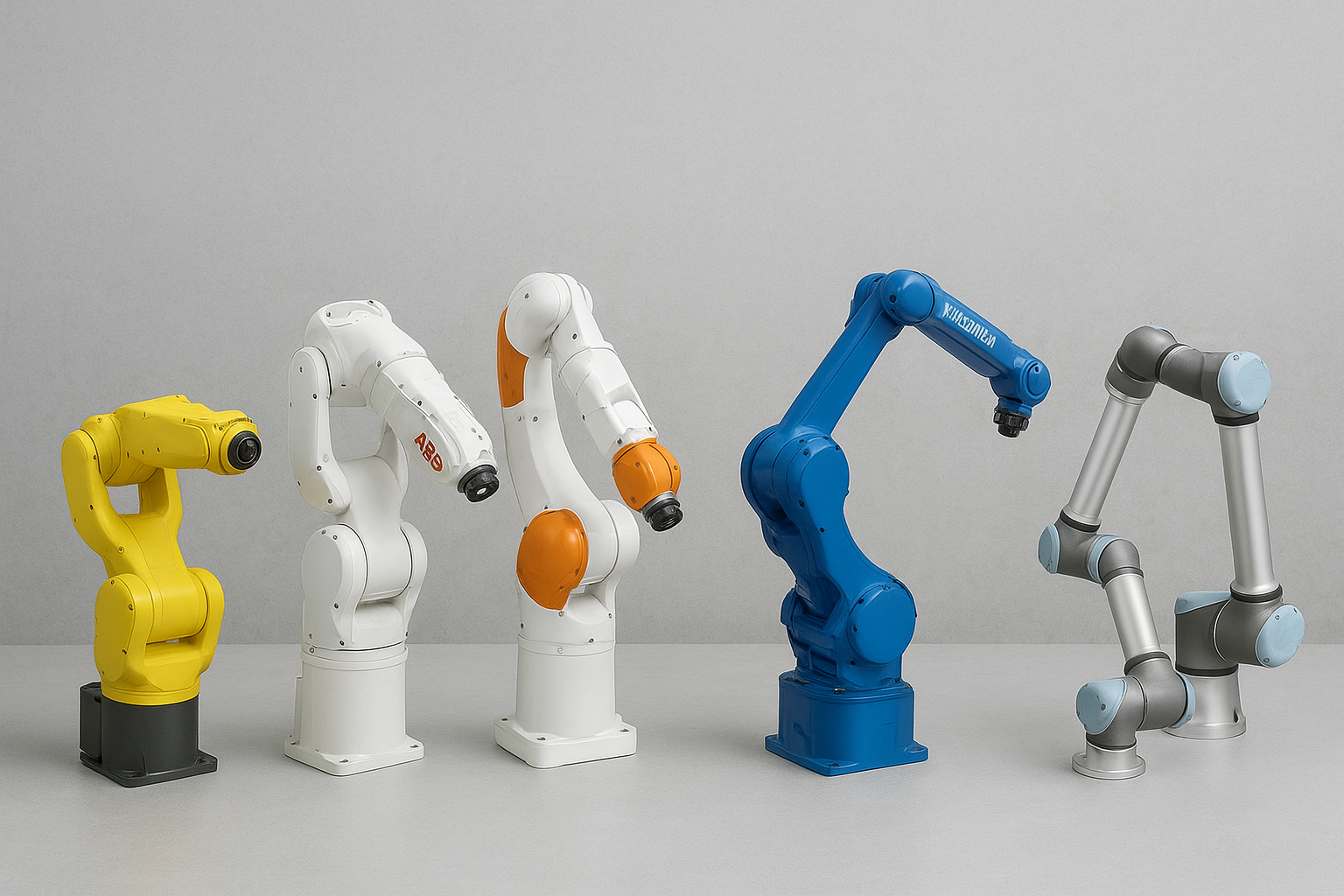
Industrial Robots & Cobots
- Fanuc (LR Mate, CRX)
- ABB (IRB, YuMi)
- KUKA (KR Agilus, LBR iiwa)
- Yaskawa (Motoman, HC10)
- Universal Robots (UR3e, UR10e)
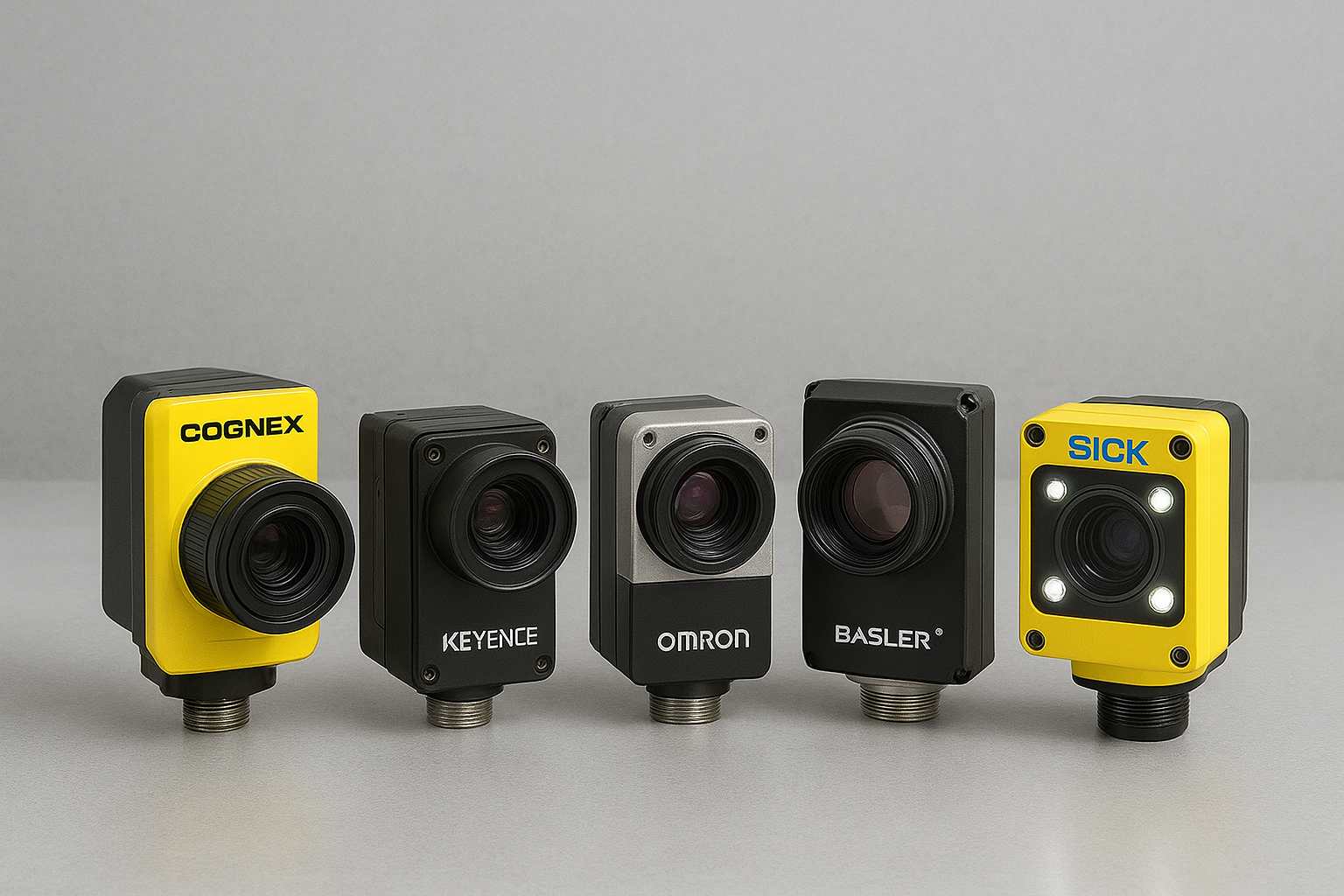
Vision Inspection Systems
- Cognex, Keyence, Omron
- Basler, SICK
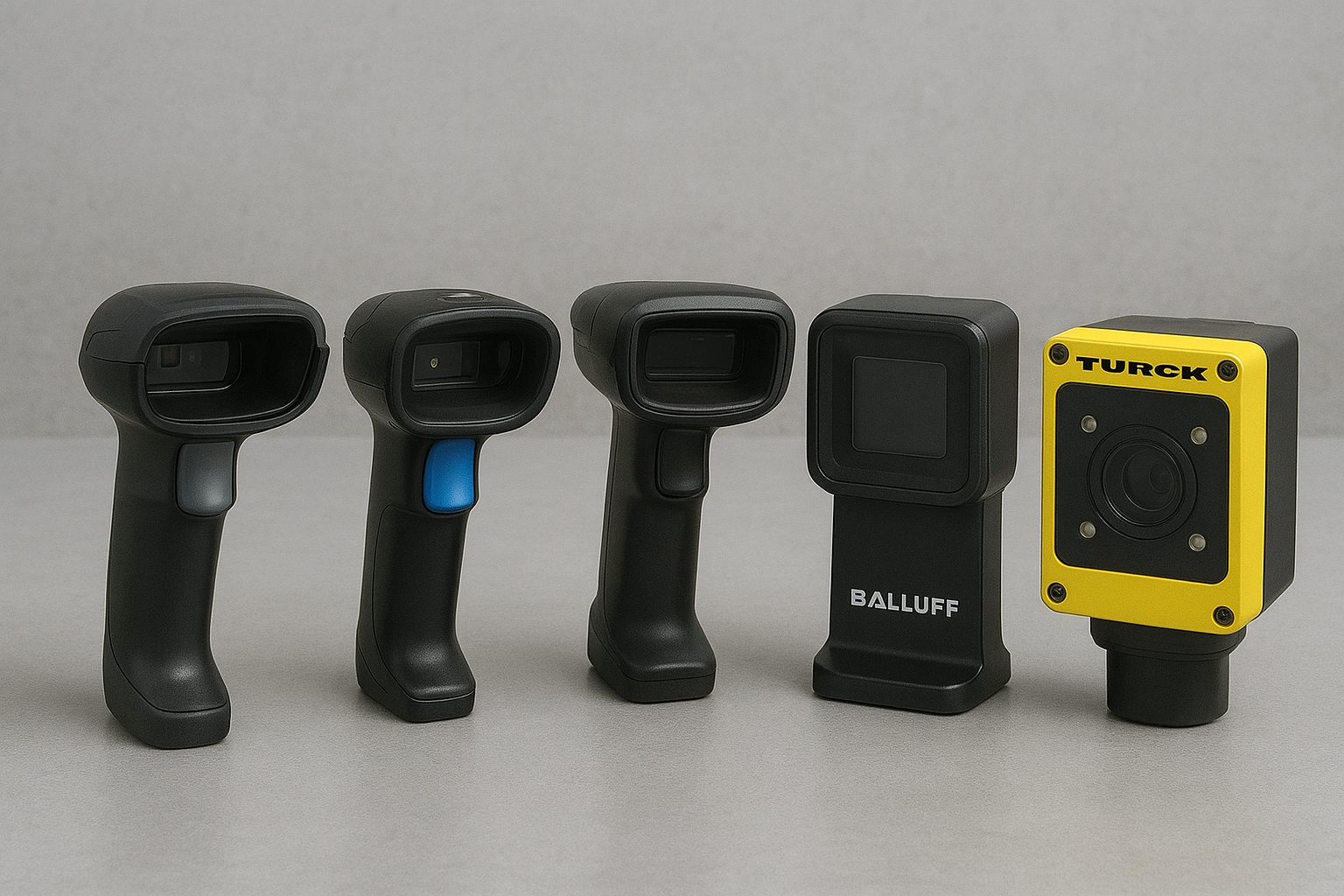
Barcode & RFID Readers
- Zebra, Datalogic, Honeywell
- Balluff, Turck
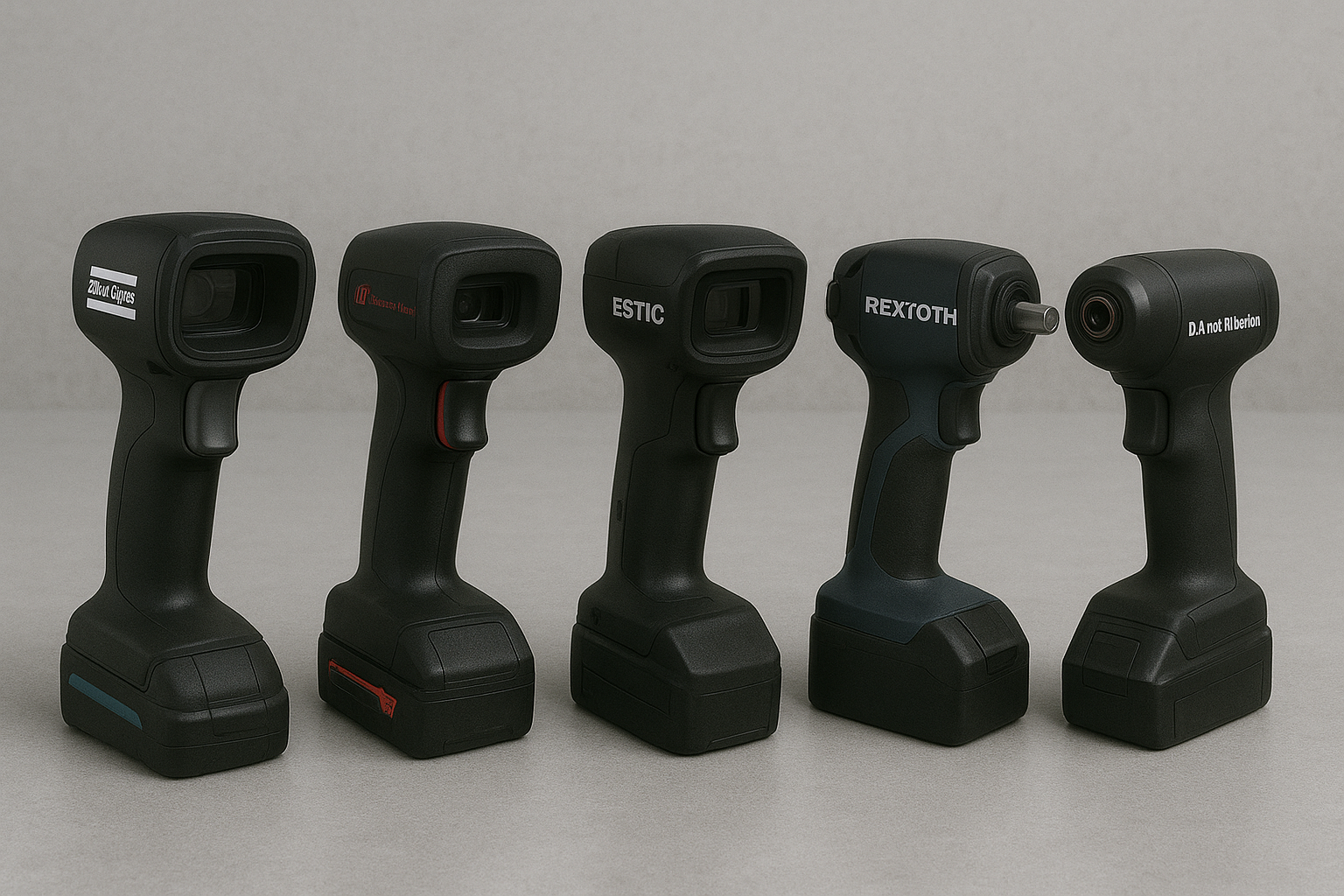
Nut Runners & Torque Tools
- Atlas Copco, Ingersoll Rand
- ESTIC, Bosch Rexroth
- Dai-ichi Dentsu
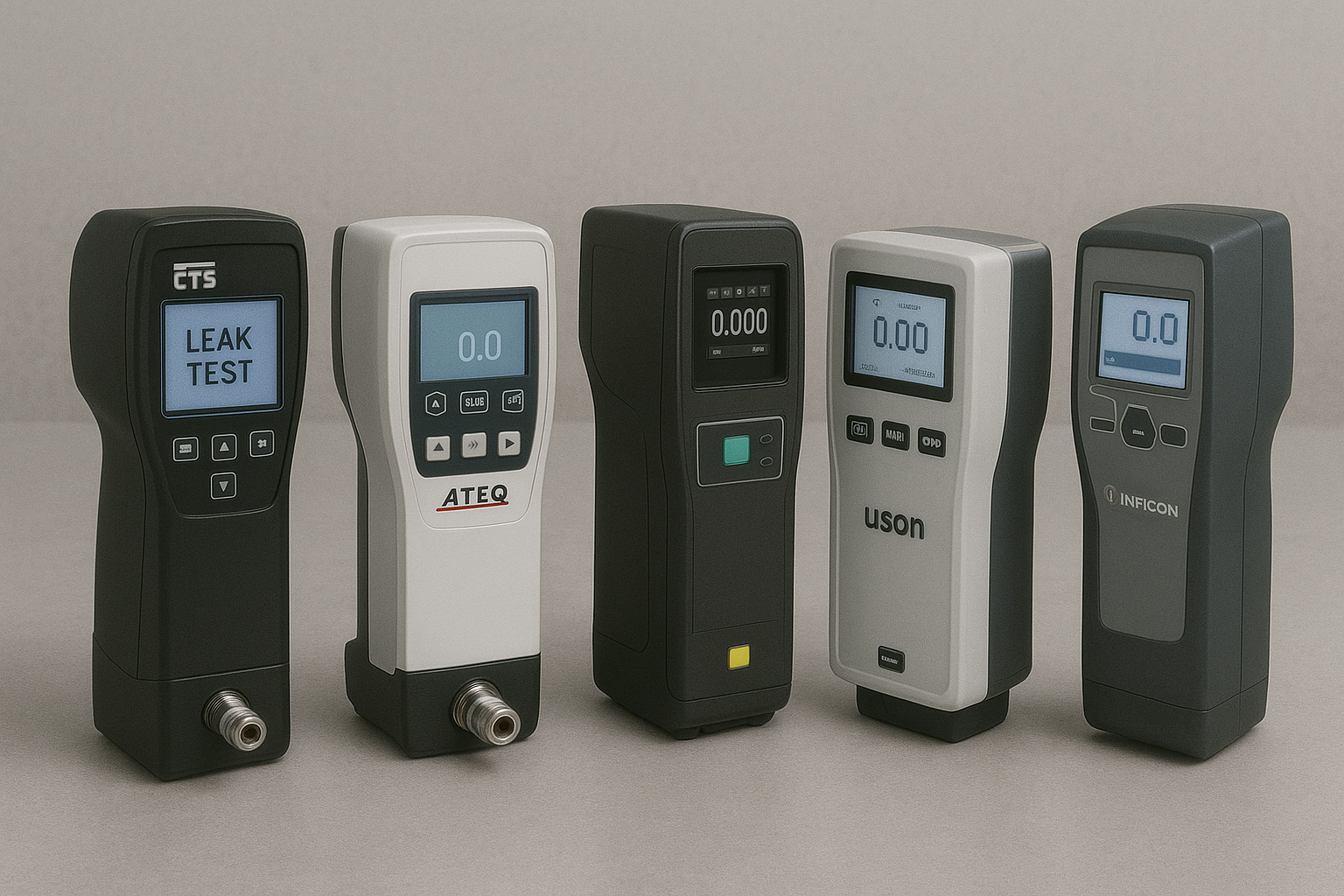
Leak Testers
- CTS, ATEQ, Cosmo Instruments
- Uson, Inficon

Conveyors & Material Handling
- Dorner, Hytrol, FlexLink
- B&R, SiemensK
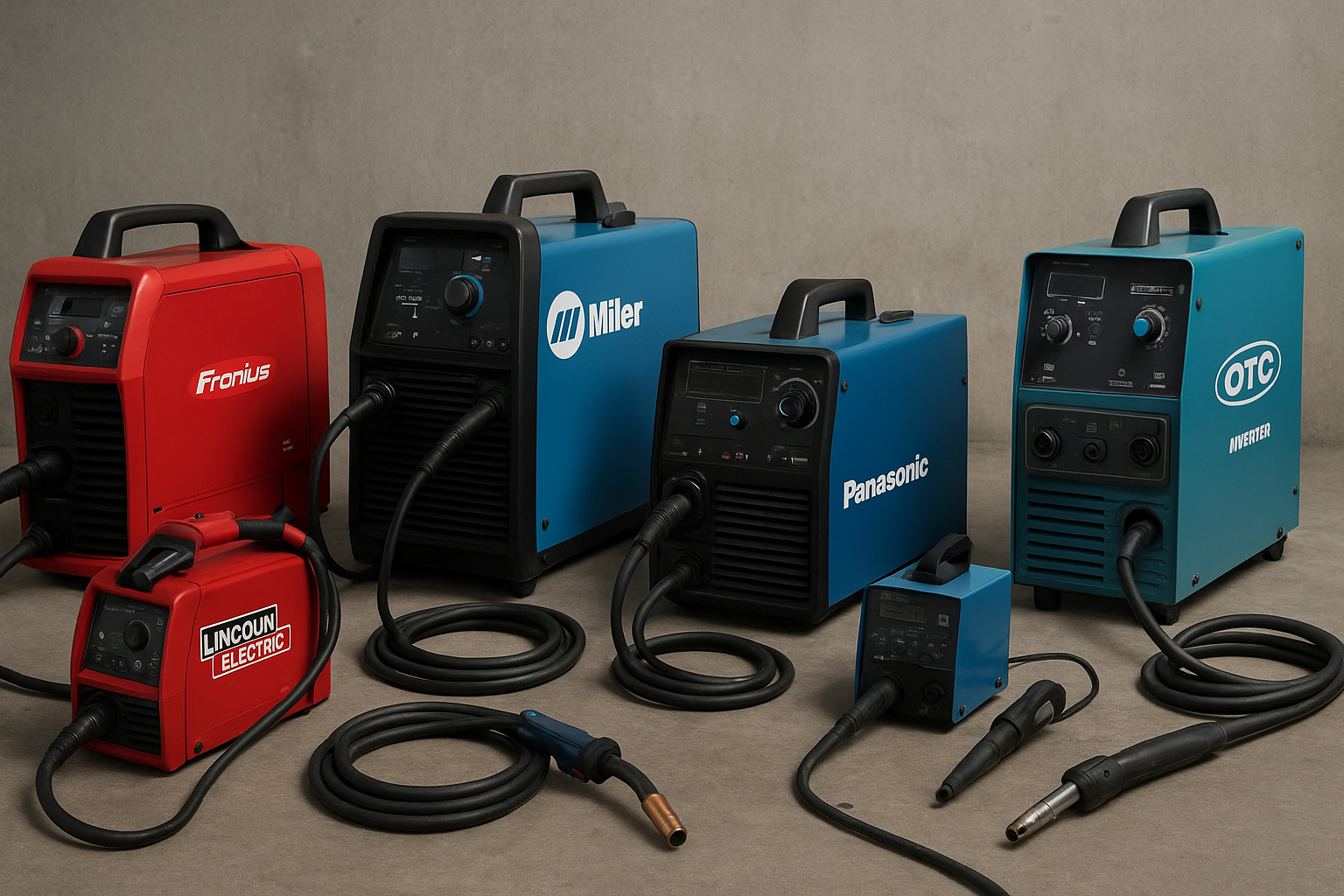
Welding & Soldering
- Fronius, Lincoln, Miller
- Panasonic, OTC Daihen
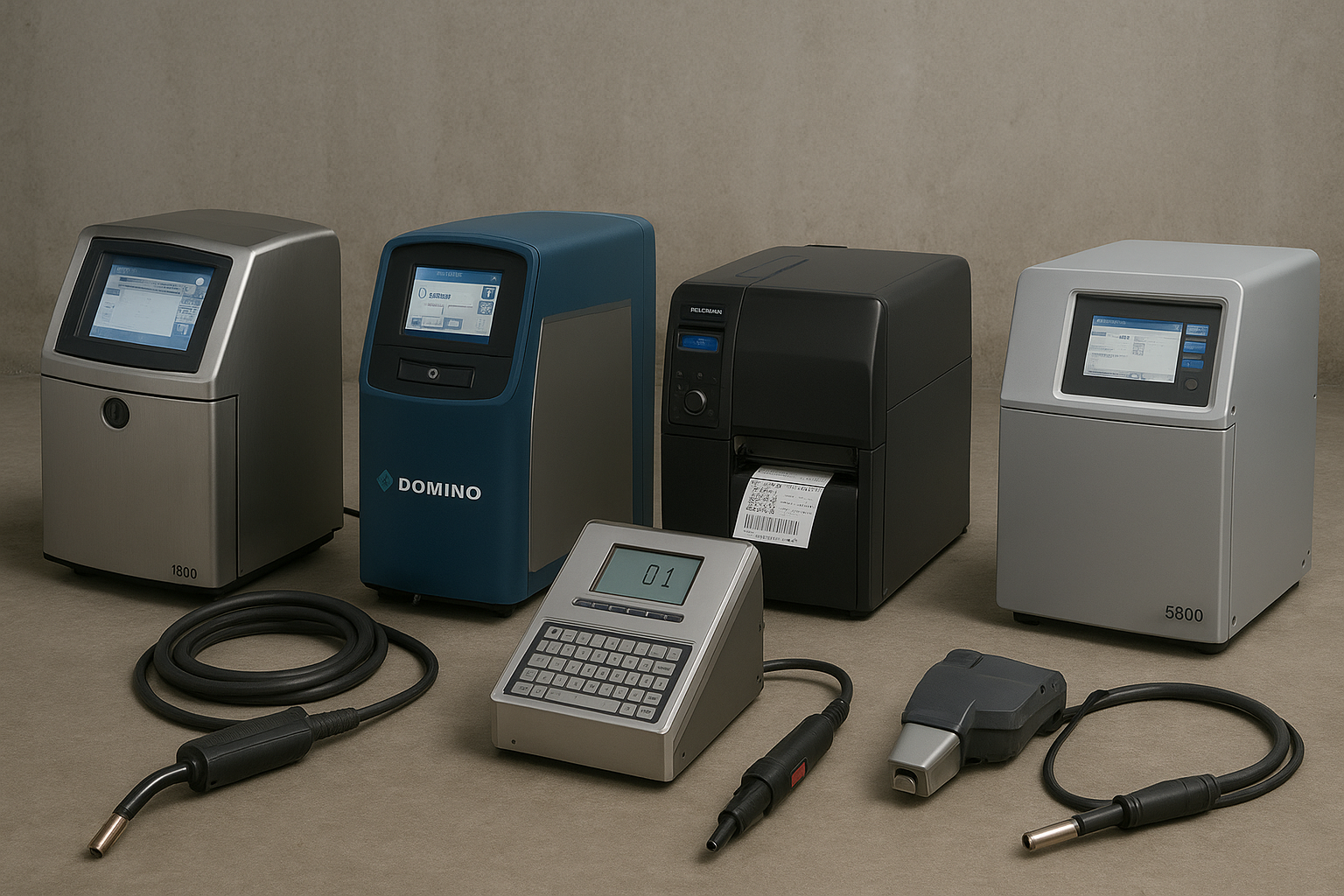
Labeling & Marking
- Videojet, Domino
- Matthews, SATO, Weber

Pneumatic & Hydraulic
- Festo, SMC, Parker
- Bimba, Norgren
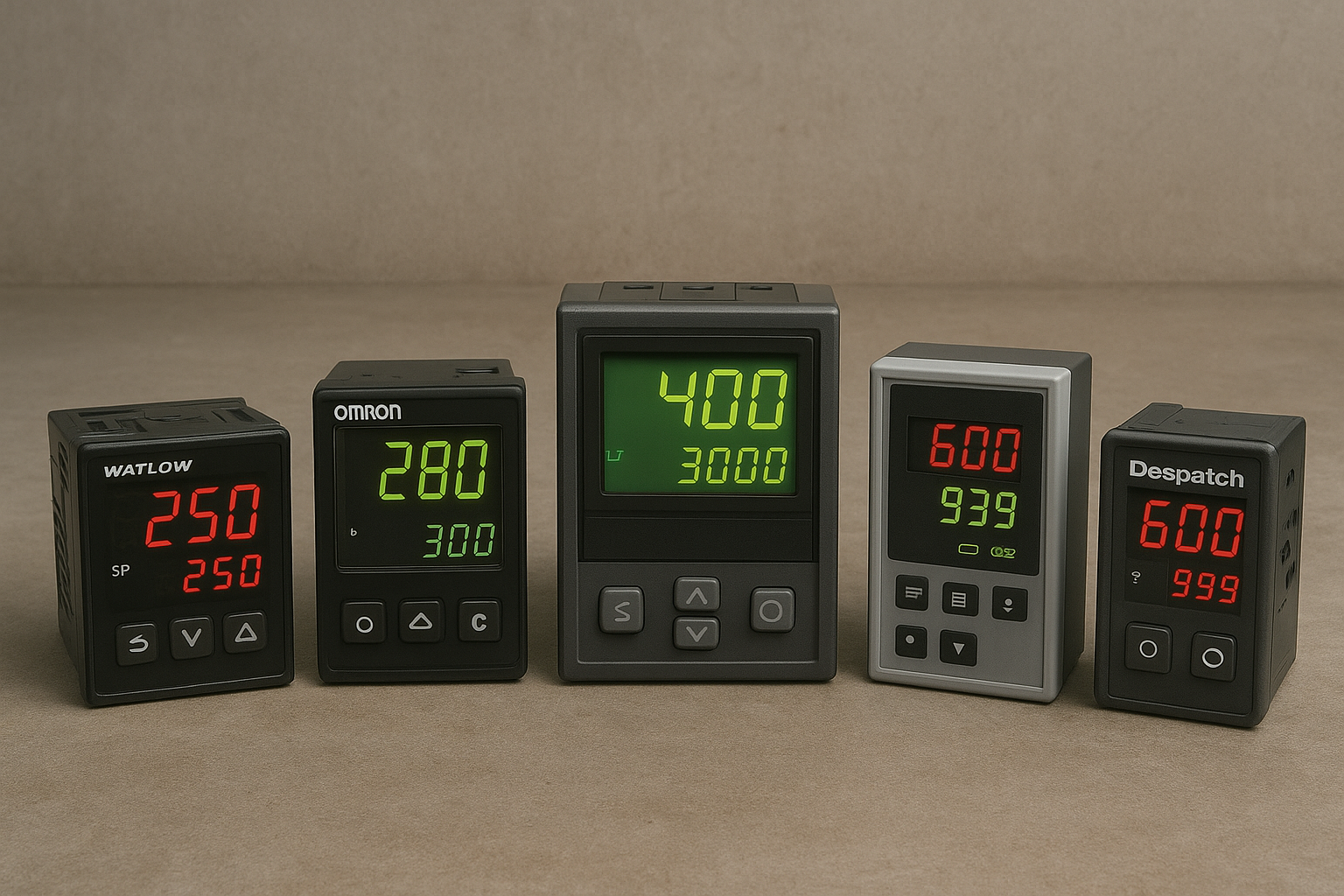
Temperature Control
- Watlow, Omron, Eurotherm
- Rex Controls, Despatchs
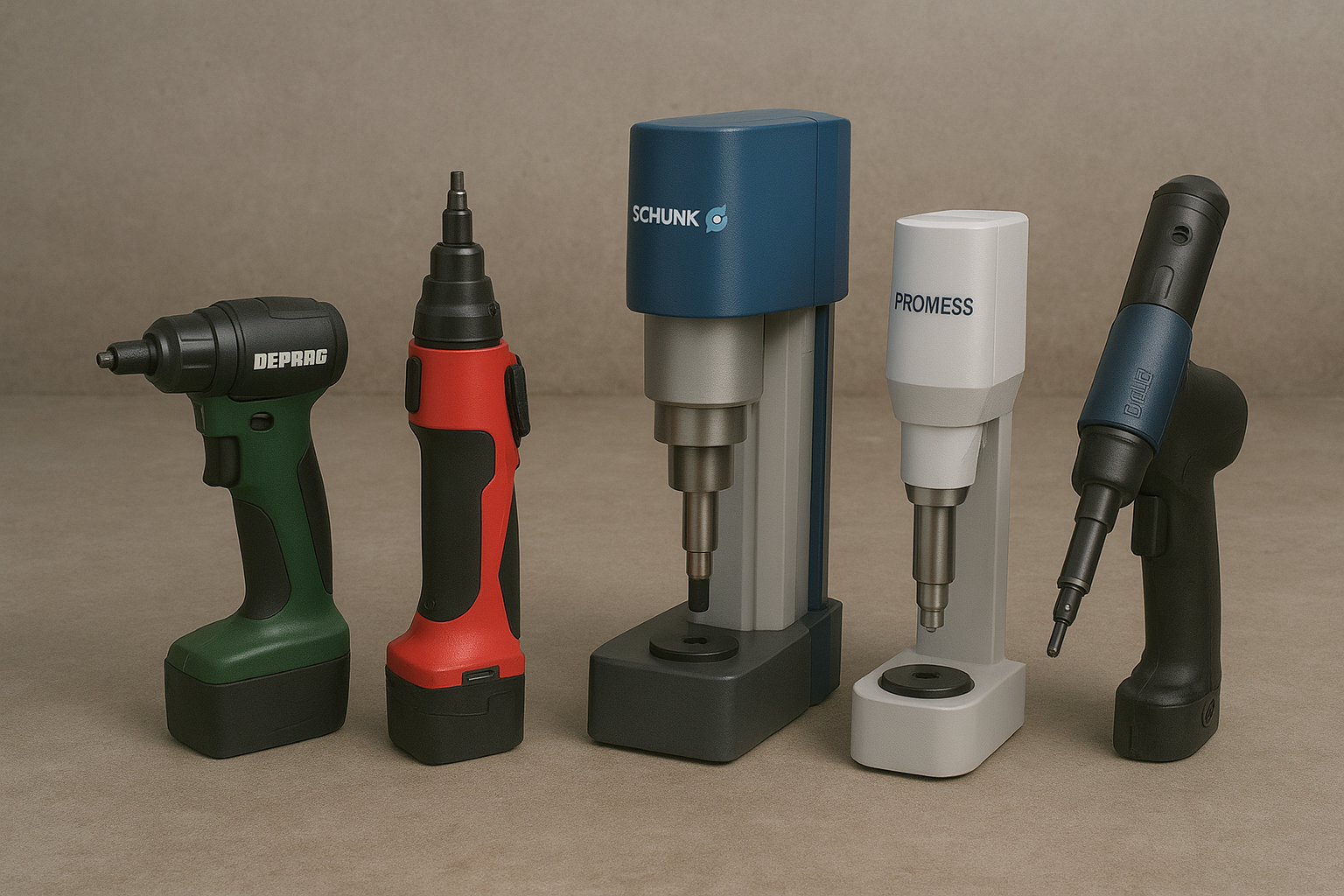
Specialized Assembly Tools
- Deprag, Desoutter (Screwdrivers)
- Schunk, Promess (Press-Fit)
- Baltec, Gesipa (Riveting)
- Scheugenpflug, Durr (Gluing)
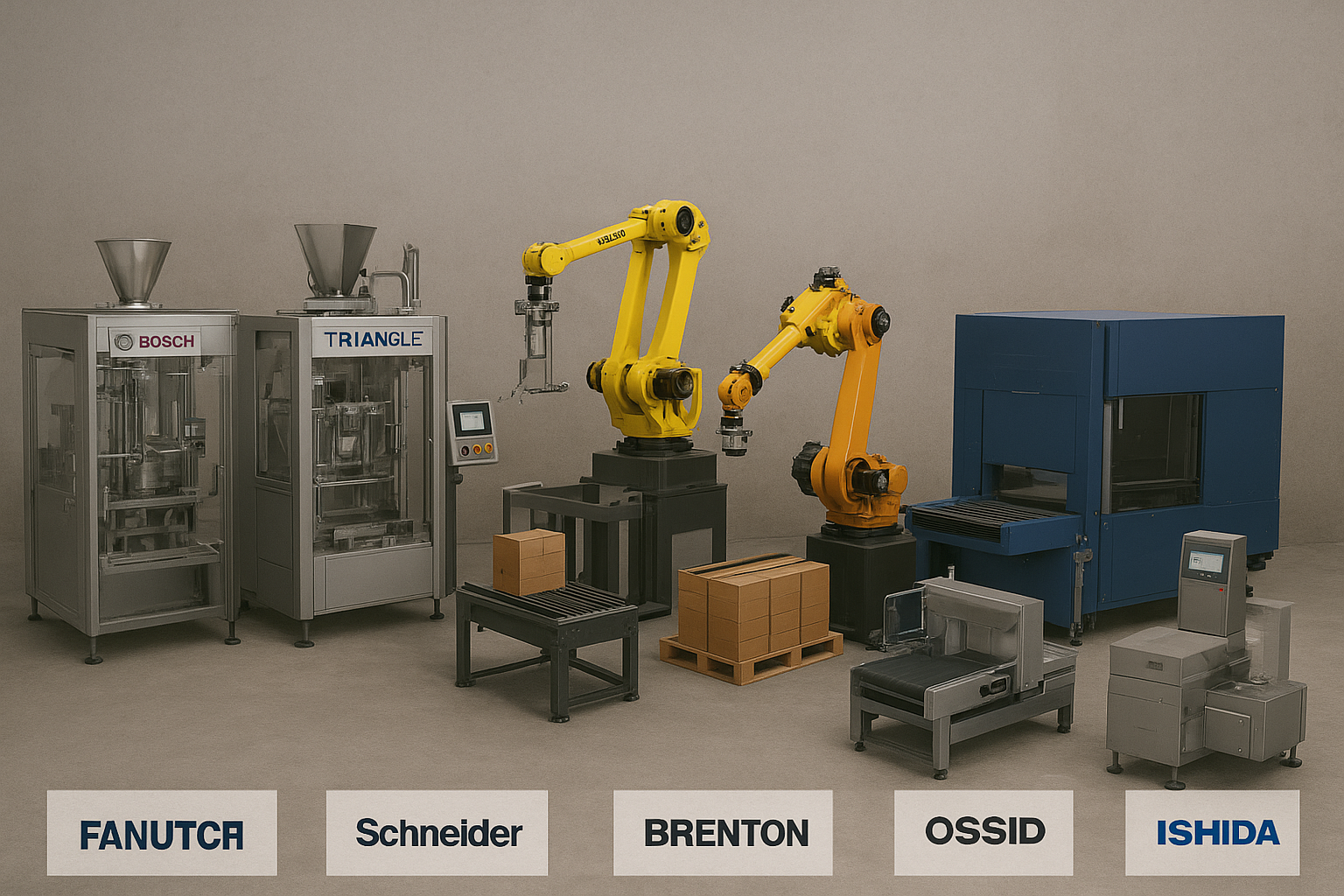
Packaging & Labeling
- Bosch, Triangle (VFFS)
- Schneider, Brenton
- Fanuc, KUKA (Palletizers)
- Lantech, Ossid (Shrink)
- Mettler Toledo, Ishida
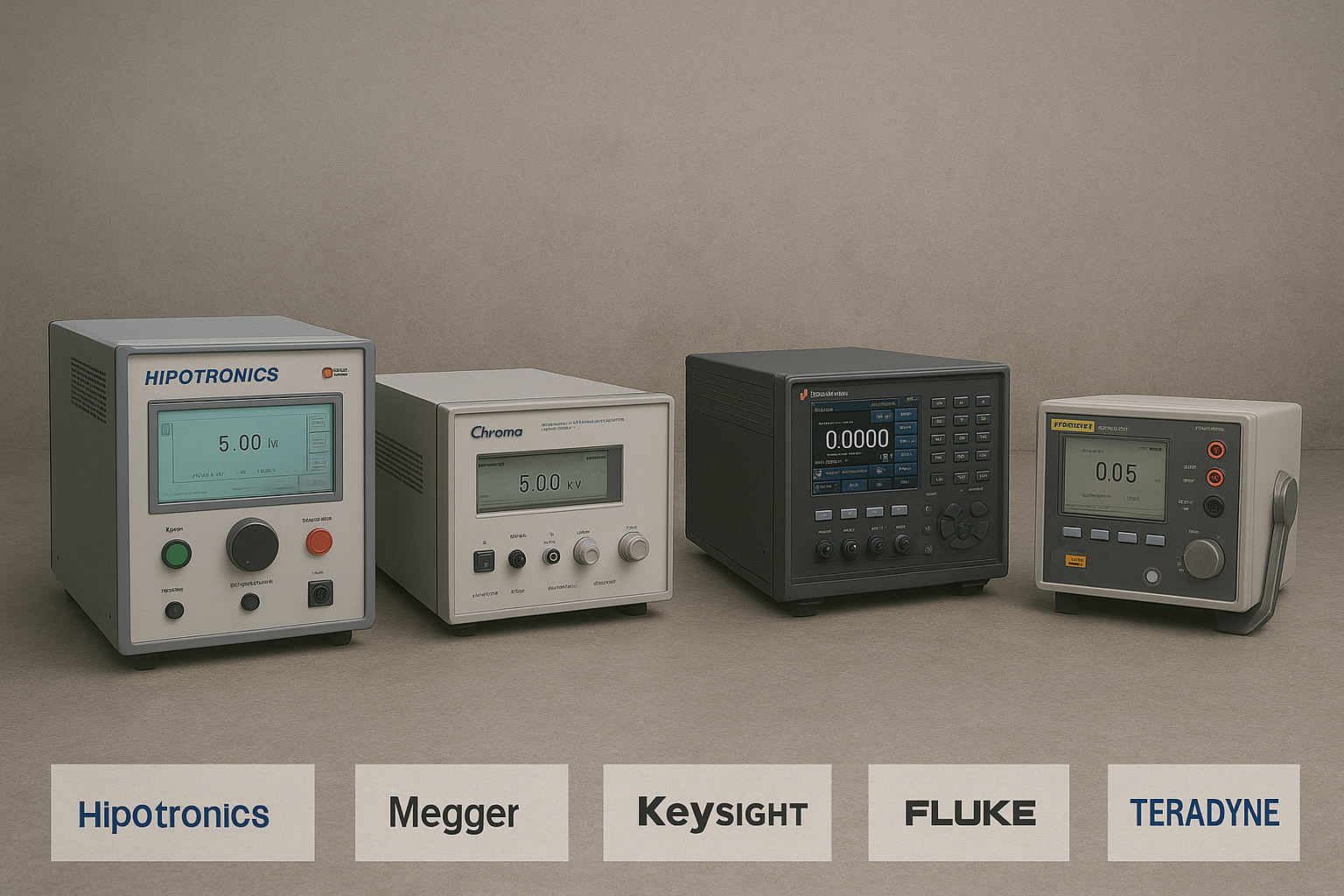
Electrical Testing
- Hipotronics, Chroma (Hi-Pot)
- Keysight, Megger (LCR/Insulation)
- Fluke, Teradyne
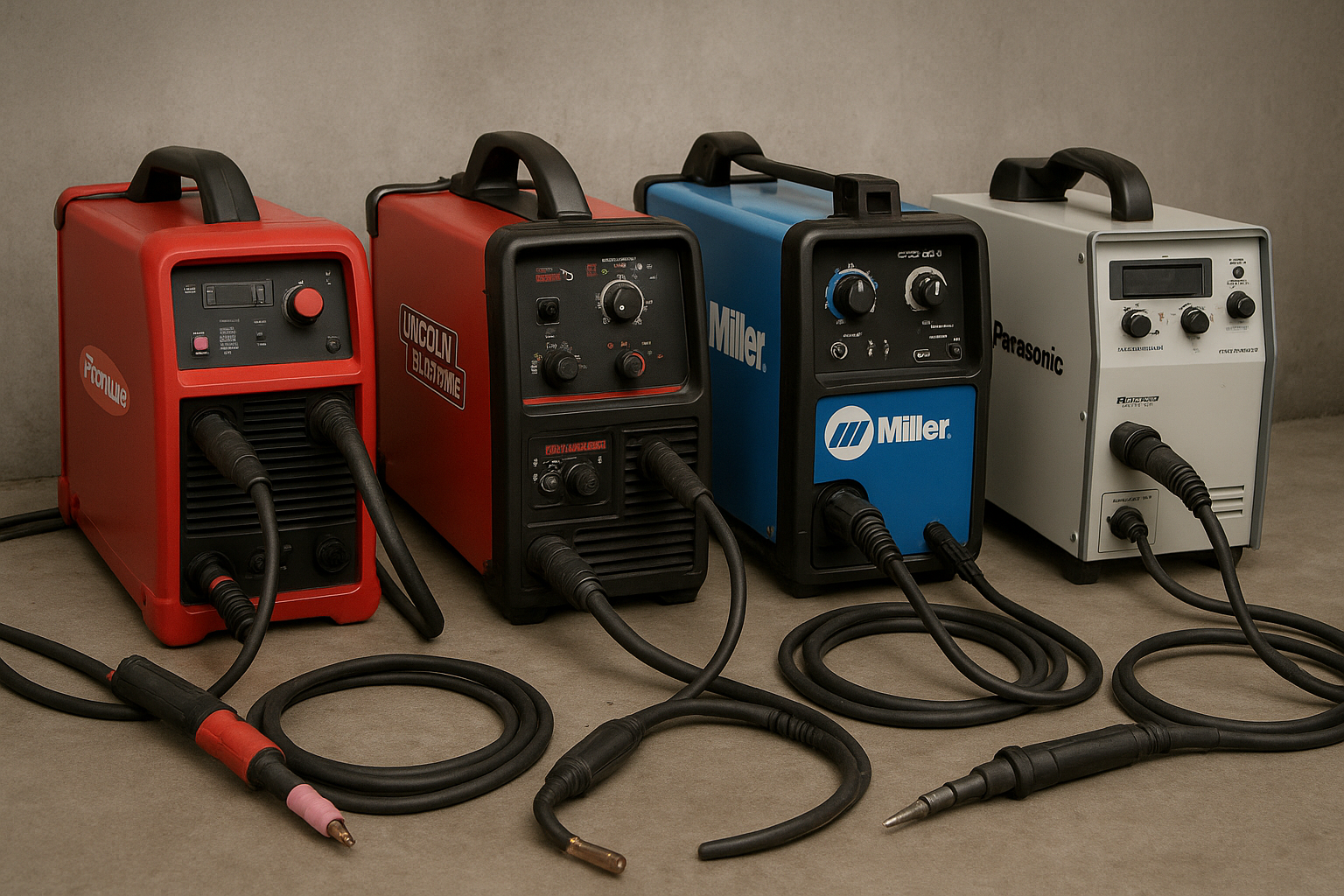
Energy Monitoring
- Yokogawa, Schneider, Fluke
- ifm, Balluff (Sensors)
- Eaton, APC (UPS)
- SMA, Fronius (Solar)
